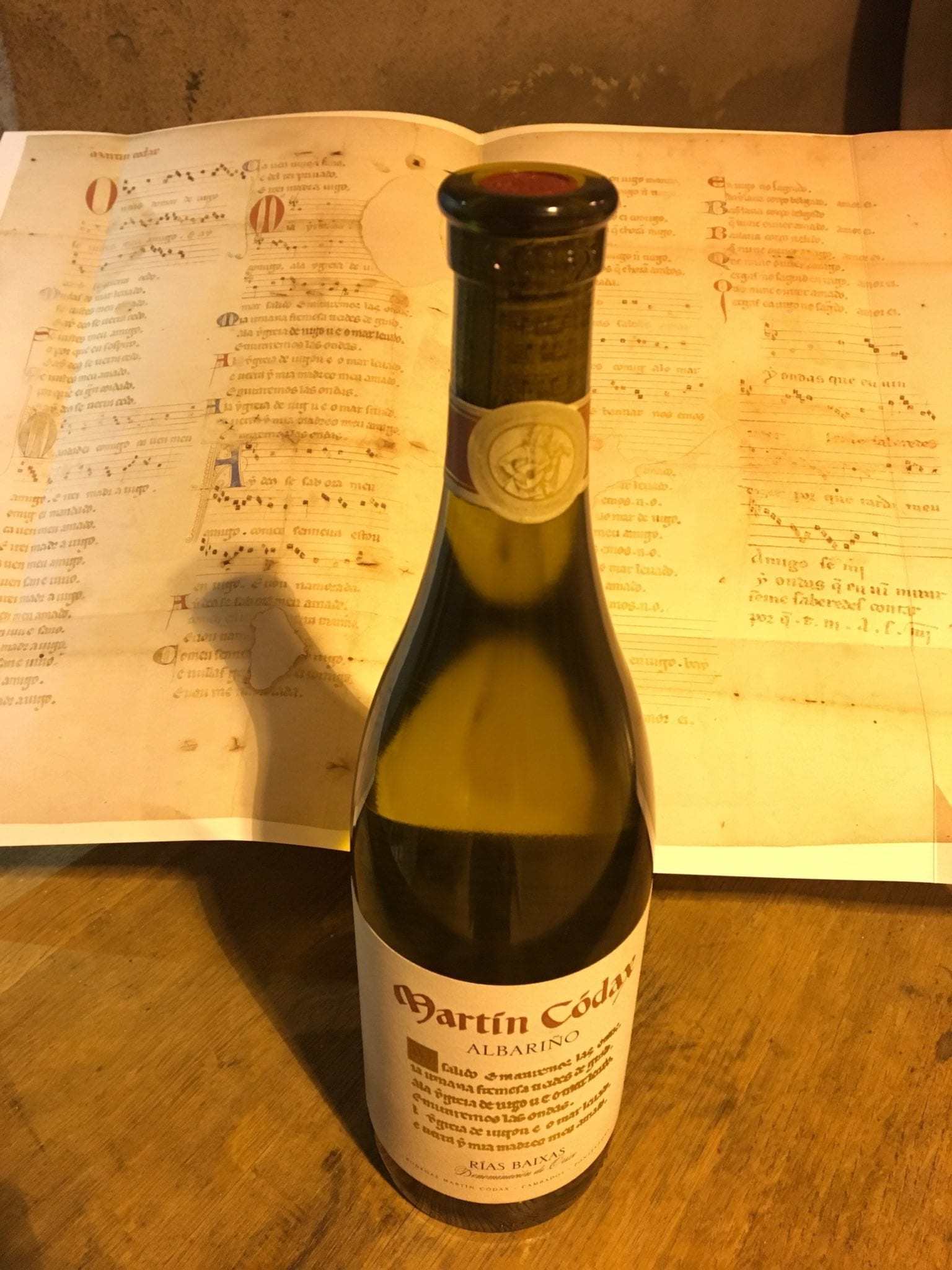Galician grapes nestled in the corner of Spain
Galicia – a true, untold Spanish treasure. We hear our sommelier Zsofi’s story, having visited this lush wine-making region. Though lesser-known, we can’t praise this gastronomic heaven enough…
I was so fortunate to be given the opportunity to visit the exquisite terraces and winding valleys of “Green Spain” – Galicia.
Unsurprisingly, the area is a very popular tourist destination (in particular the capital Santiago de Compostela and coastal towns like A Coruña and Vigo), and whilst the region has a strong fishing culture, along with being famous for mining and agriculture, the area produces outstanding wines.
Located in the north-western corner of the country, Galicia is divided by the Minho River from Portugal where you would find the famous Vinho Verde wines. Galicia has various grape varieties grown in its 5 DOs: Rías Baixas, Ribeiro, Valdeorras, Ribeira Sacra, and Monterrei and these varities thrive in the region’s cool maritime climate and the alluvial over granite soil.
The King of the white grapes here are Albariño, especially in the Rias Baixas wine region, Lourerira, Treixadura and Caiño Blanco. These wines are aromatic, with a beautifully ripe flavour and a crisp tang. Red varieties include Caiño, Espadeiro and Mencía. The red wines here are rich with herbal characteristics – truly fantastic expressions of Spain.
Located in Rias Baixas “low estuaries”, Bodegas, Martín Códax is a true symbol of Galician wines. The soil is granitic and features the coolest and dampest of the five sub-regions. As such, to avoid fungal diseases, the vine training here is different. The vines here are trained high off the ground to maximise exposure to the sun. This cool valley sits five kilometres from the sea and benefits from a cooling influence at night, which ensures the fresh, pure aromatics are retained to balance the ripeness and weight derived from the warm days. Albariño represents 70% of their total production.
Bodegas Martín Códax was founded in 1986 and was named after the most well-known Galician troubadour whose medieval poems, the oldest in the Galician-Portuguese language, still appear today since their conception in the 13th century. He was and still is playing an important part in the Portuguese education. The winery was founded by 50 grape growers who have been linked to art and culture, supporting all types of cultural and art expressions and organising their own, such as live music on every Thursday at the winery. Today they work closely together with about 500 families on over 2000 tiny vineyard parcels.

Thanks to the Albariño’s thick skin, this grape variety can withstand the damp climate of Galicia. The wines are generally high in acidity and led by white peach and apricot, with plenty of floral notes on the nose. It is sometimes hard to define the grape’s qualities, which was made more apparent to me after the tasting – today, the wine is made using so many different methods, producing so many different styles.
We began with their stainless-steel fermented Martín Codax, their flagship wine, where there is no skin maceration or any use of oak and so it was the most aromatic,
floral, zestiest wine of the line-up. Wines such as Lías (which means lees), showed signs of the lees aging. The Organistrum – which is named after a medical instrument – has been aged for a year in new French oak. Additionally, we tried a dry wine that was made from botrytized Albariño grapes and has only been produced 7 times. It was incredible to taste the first vintage, 1992 – such powerful wines.
From the twirling flamenco dancers, to the live music sounding through the bistro-lined streets to the exquisite paella, I cannot recommend this wine-making region enough. Importantly, the value for money is quite special – expect to see a few more of these bottles on our list at the Club…


